Weather Report
-
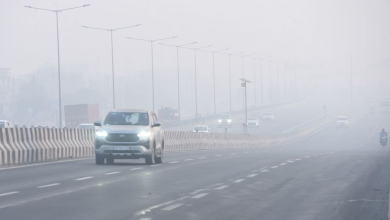
Nagpur’s AQI Reaches 163: A Wake-Up Call
Nagpur AQI Poor Category: Nagpur, often celebrated for its cultural heritage and delectable oranges, faced an alarming environmental challenge recently.…
Read More » -
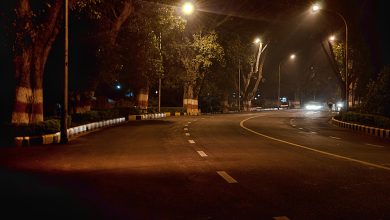
Winter Delayed: Warmer Nights Ahead as IMD Predicts High Temperatures in November
IMD: Have you noticed how winter feels like it’s playing hide-and-seek this year? If you’re in Nagpur or anywhere in…
Read More » -

Air Quality in Ambazari Hits Poor Zone: What Nagpur Residents Should Know
Nagpur Air Quality | AQI Ambazari: As urban centers grow, air quality becomes a critical concern. Recently, Nagpur’s Ambazari area…
Read More » -
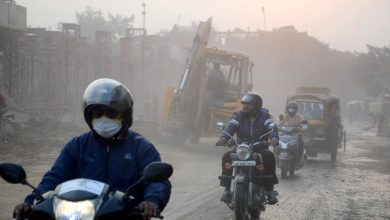
Nagpur’s Air Quality Declines as Winter Begins, AQI Hits ‘Poor’ Levels
As the crisp winter air approaches Nagpur, it brings with it a troubling reality—deteriorating air quality. The city’s Air Quality…
Read More » -
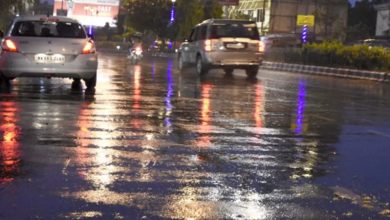
Vidarbha Reports 15% Surplus Rains This Year, Nagpur District Receives 8% More Rainfall
Nagpur district: The Vidarbha region experienced an unusual surge in rainfall this monsoon season, marking a 15% surplus compared to…
Read More » -
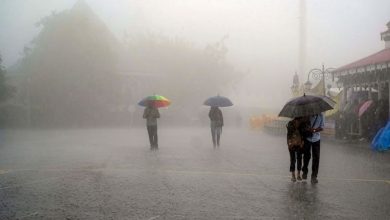
City Gets 62mm Rain in Two Days, Respite Predicted
Nagpur Rain Forecast: Nagpur has recently experienced a significant weather event, with the city recording 62mm of rainfall over two…
Read More » -

No Monsoon System Over Vidarbha: RMC Updates
Vidarbha Monsoon Delay | RMC Nagpur Weather: The onset of the monsoon is a crucial event for the Vidarbha region…
Read More » -
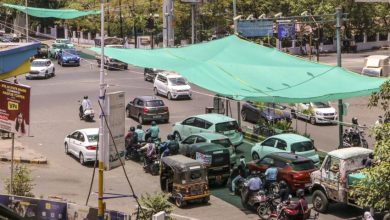
Nagpur Did Not Touch 56 Degrees Celsius, Clarifies IMD
Nagpur temperature sensor malfunction: Amid a flurry of reports that Nagpur’s temperature had soared to a scorching 56 degrees Celsius,…
Read More » -

Nagpur’s Scorching Day: Temperatures Hit Record 45.6°C
Nagpur Heat Record | Hottest Day | Maharashtra Heatwave: On Monday, Nagpur experienced its hottest day of the season, with…
Read More » -
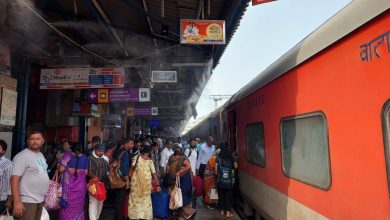
Innovative Mist Cooling System at Nagpur Railway Station
In response to the extreme summer heat that can make waiting at railway platforms unbearable, Nagpur Railway Station has unveiled…
Read More »

